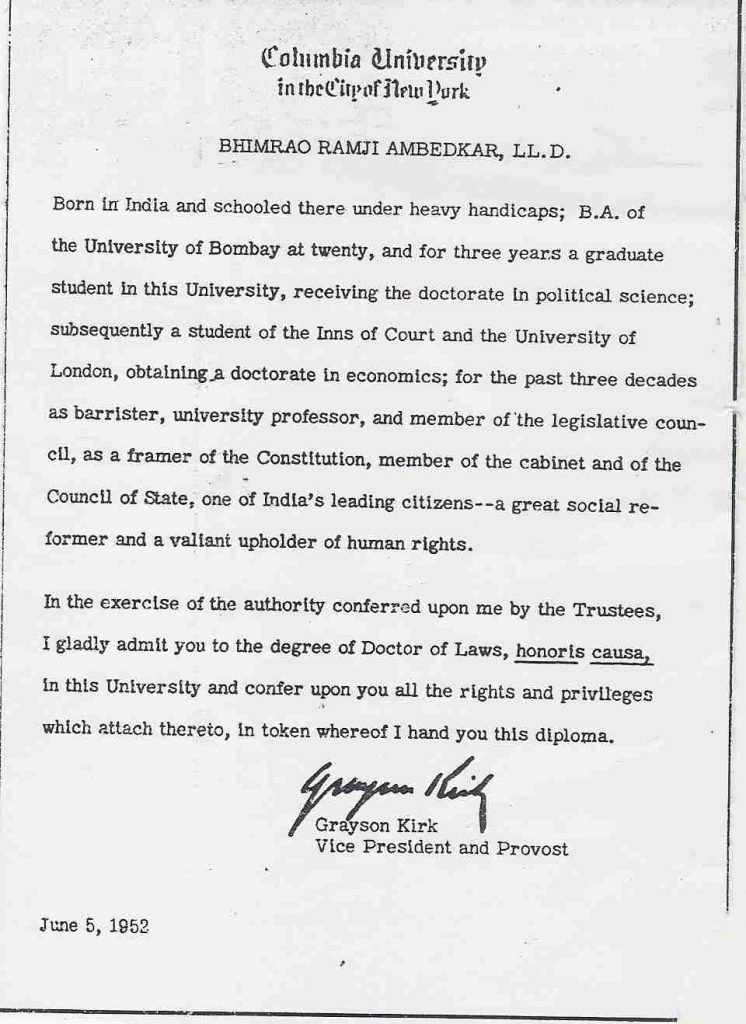

The Title 'Castes in India written/authored/edited by B. Ambedkar's legacy includes numerous memorials and depictions in popular culture. In 1990, the Bharat Ratna, India's highest civilian award, was posthumously conferred upon Ambedkar. Ambedkar was a prolific student earning doctorates in economics from both Columbia University and the London School of Economics and gained a reputation as a scholar for his research in law, economics, and political science. Ambedkar Nagar) in the Central Provinces (now in Madhya Pradesh). Ambedkar was born on 14 April 1891 in the town and military cantonment of Mhow (now Dr. He was independent India's first law and justice minister, the principal architect of the Constitution of India, and a founding father of the Republic of India. Bhimrao Ramji Ambedkar, popularly known as Babasaheb Ambedkar, was an Indian jurist, economist, politician and social reformer who inspired the Dalit Buddhist movement and campaigned against social discrimination towards the untouchables (Dalits), while also supporting the rights of women and labour.

Ambedkar has evaluated that the endogamy (absence of intermarriage) is the only one that can be called the essence of caste and only characteristic that is peculiar to caste. He said that "the superposition of endogamy on exogamy means the creation of caste".

In the paper, Ambedkar made a presentation on a social phenomenon that emerged from the strategy of the Brahmins who adopted a strictly endogamous matrimonial regime, leading the other groups to do the same in order to emulate this self-proclaimed elite. In 1979, the Education Department of the Government of Maharashtra (Bombay) published this article in the collection of Ambedkar's writings and speeches Volume 1 later, it was translated into many languages. It was later published in volume XLI of Indian Antiquary in May 1917. Ambedkar at an anthropological seminar of Alexander Goldenweiser in New York on. Castes in India: Their Mechanism, Genesis and Development was a paper read by B.


 0 kommentar(er)
0 kommentar(er)
